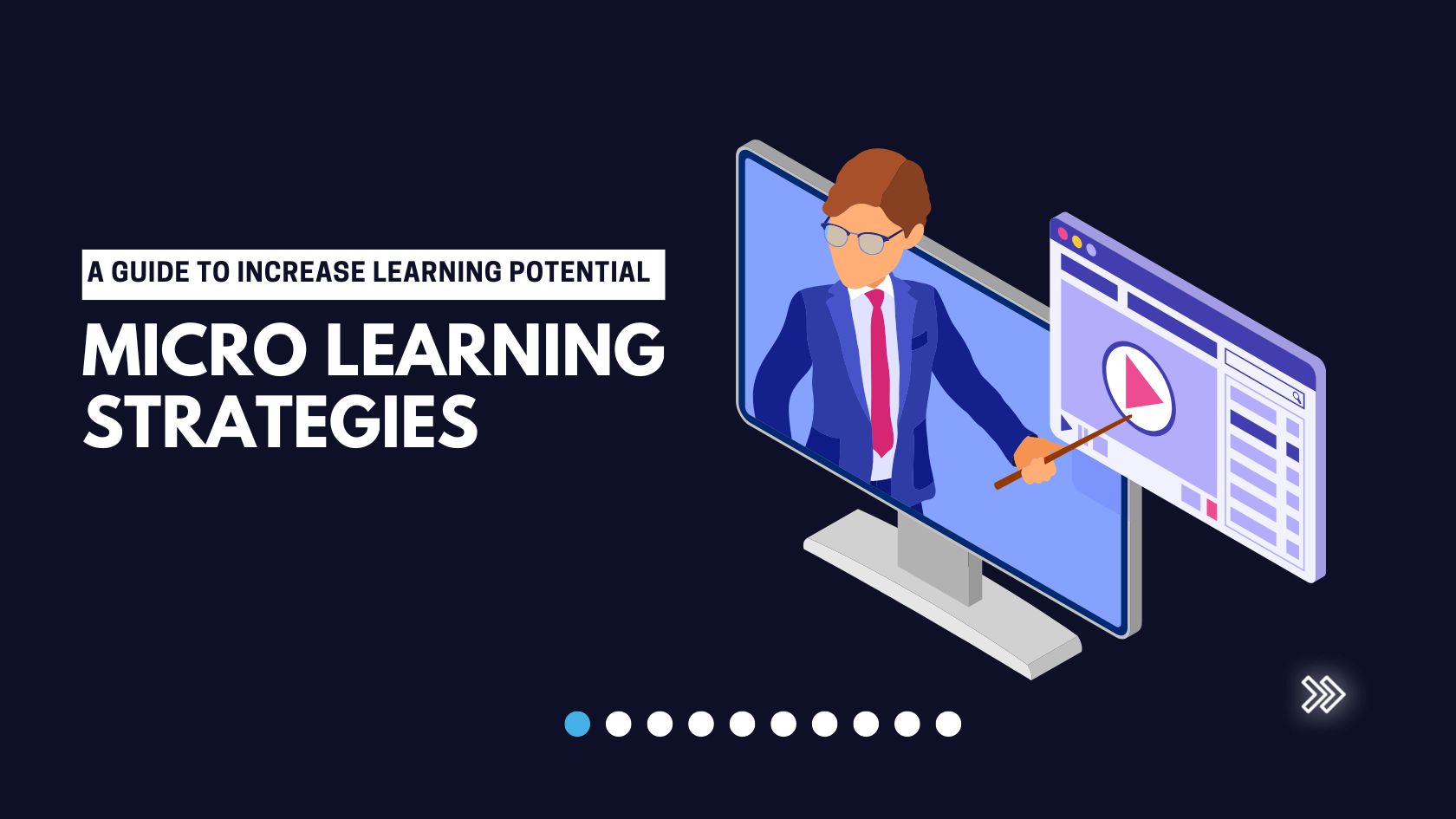Uniting CRM, Sales and Social Media
For over a decade there has talk about bringing together sales processes and CRM. While progress has been made, informally ask half a dozen sales people how they like their CRM app and you'll soon understand that there is still a long way to go in aligning these systems to how people actually sell.
The picture has been made more complex, of course, by the emergence of social media. Just as positive results were beginning to appear in bringing together sales and CRM, the problem widened to how to unify sales, CRM and social media.
Gartner believes, however, that there are a handful of companies on the cusp of bringing together all three in a way that will significantly impact revenue. This includes CRM giant Salesforce.com and smaller specialists Artesian Solutions, Ni3, Messagemind and Hubbard One.
Connect Tablets to Social Sales Strategy
The social CRM trend dovetails with the growing enterprise demand for tablets, especially for on-the-go professionals like sales people. According to Gartner, 30 percent of sales organizations will issue tablets to their teams by the end of 2013. And while 80 percent of sales people will use social networks by the end of 2014, only 2 percent will be using social CRM tools.
The analyst firm recommends, therefore, that organizations don't just look at iPads as laptop replacements, but instead seek new ways to use them to differentiate selling processes and to harness Big Data in a sales setting. This is one of the best ways to see immediate returns from technology that can be expensive to deploy, Gartner says.
Gartner also found that Facebook, Twitter, LinkedIn and other social sites have failed to drive sales opportunities, leads or transactions, but are mainly being harnessed to build brand awareness and develop community loyalty. While these sites help sales organizations get to know their customers better and understand their needs, there remains a disconnect — and this is where better tools are required.
“Social media, combined with CRM, will eventually help drive opportunities and sales revenue through harnessing the power of social media word of mouth and the insights it can provide on customers and prospects,” said Patrick Stakenas, an analyst at Gartner.
Social CRM: New Breed of Apps
Just what will these new breed of apps be like? Manish Sood, CEO and founder of Messagemind, noted that valuable intelligence about contacts and business relationships often gets lost in a sea of corporate email, instant messaging, transactional systems and social media chatter.
“Data, both structured and unstructured, is scattered across a growing number of IT systems and external social networks,” said Sood. “Although existing communication and collaboration systems, CRM and social media tools may work well within their own respective silos, they don't unify ‘collective social intelligence' of the enterprise due to the sheer volume and variety of data sources.”
Messagemind aims to close the gap by mapping these elements into a collective whole. It finds information buried in mailboxes and social media systems, adds data from third-party sources including social networks such as LinkedIn, and integrates it with systems such as Salesforce.com and SharePoint. The goal is a more holistic view of customers. Further, Messagemind ranks relationships to make it easier to uncover the most useful connections.
The software from Messagemind can be implemented on premise or in a private cloud. It does not require any data input from end users. It is sold on an annual subscription basis.
Artesian Solutions is another player at the nexus of social media, CRM and the sales process. Using natural language processing to deal with the complexities of managing social data, Artesian delivers insights about customers' or prospects' opinions which can be used to shape conversations and help businesses build deeper relationships.
Because it is delivered via a software-as-a-service (SaaS) model, it can be accessed through the Internet and is quick to set up. The platform can be run independently, embedded with other software through email and mobile applications and/or integrated with Salesforce and Microsoft Dynamics.
Artesian seeks to bridge the chasm between the potential of new technologies (social media, in particular) and existing processes so sales people can listen to their customers effectively and better understand where the opportunities or issues exist.
“The shortcoming for many tools is the capability to identify the context and relevance of information so that businesses can filter through the Big Data being generated and harvest it for business use,” said Andrew Yates, CEO and founder of Artesian Solutions. “Organizations need smarter business intelligence strategies that combine Big Data with social, mobile and cloud so that firms can develop processes designed to access new streams of data that have previously been inaccessible and unexplored.”
He added that Artesian personalizes the output to each business user. “By monitoring over 6 million websites a day and sampling the Web every 60 seconds, this means that sales teams can cover all the bases for thousands of customers by only serving the sales intelligence that is needed to find and close the next deal,” Yates said.

Drew Robb is a writer who has been writing about IT, engineering, and other topics. Originating from Scotland, he currently resides in Florida. Highly skilled in rapid prototyping innovative and reliable systems. He has been an editor and professional writer full-time for more than 20 years. He works as a freelancer at Enterprise Apps Today, CIO Insight and other IT publications. He is also an editor-in chief of an international engineering journal. He enjoys solving data problems and learning abstractions that will allow for better infrastructure.


